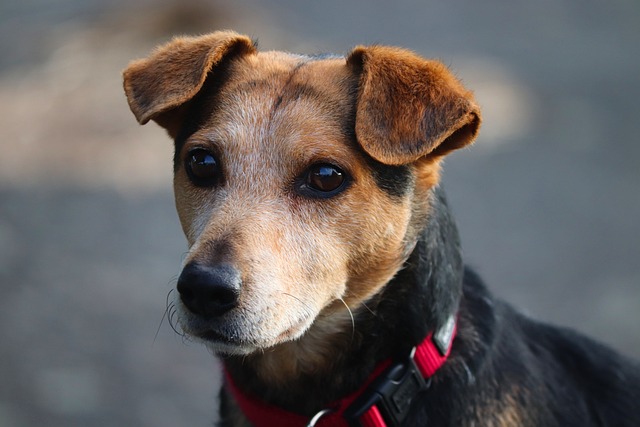
How do i train my dog to be obedient?
Watching your dog dart across the park ignoring your calls isn’t just frustrating—it can put them at risk near busy streets or public spaces.
If you’ve ever watched a Belgian Malinois zip through agility courses or work alongside police officers, you might wonder if this breed is too tough for a first-time dog owner. The question “Is a Belgian Malinois hard to train?” pops up a lot, and the answer depends on what you’re ready to bring to the table—this isn’t a breed that thrives on being left alone or given minimal guidance. Let’s break down what makes training them unique, so you can decide if they’re the right fit.
Belgian Malinois are working dogs through and through—they were bred to herd sheep and assist in jobs that require focus, speed, and smarts. That high energy and intelligence mean they get bored fast; if they don’t have a job to do (even a simple one like fetch or obedience drills), they might turn to destructive behaviors like chewing shoes or digging holes. Unlike some laid-back breeds that take training at a slow pace, Malinois need consistent mental and physical stimulation. Think of it this way: they’re like a high-performance car—they can go far, but they need a skilled driver to guide them. Without that, their energy can feel unmanageable.
 The key to training a Belgian Malinois is starting early and sticking to positive reinforcement—punishment will only make them distrust you, which makes training harder. Begin with basic commands (sit, stay, come) when they’re puppies (8–12 weeks old) and keep sessions short—10–15 minutes max, a few times a day. Mix in fun activities that tap into their instincts: hide treats around the house for them to find, or teach them to carry a toy to you. As they get older, try more advanced training like agility or scent work—this keeps their brains busy and strengthens your bond. Also, be patient: even smart dogs make mistakes, so praise them enthusiastically when they get it right (a tiny piece of chicken or a favorite toy works wonders).
The key to training a Belgian Malinois is starting early and sticking to positive reinforcement—punishment will only make them distrust you, which makes training harder. Begin with basic commands (sit, stay, come) when they’re puppies (8–12 weeks old) and keep sessions short—10–15 minutes max, a few times a day. Mix in fun activities that tap into their instincts: hide treats around the house for them to find, or teach them to carry a toy to you. As they get older, try more advanced training like agility or scent work—this keeps their brains busy and strengthens your bond. Also, be patient: even smart dogs make mistakes, so praise them enthusiastically when they get it right (a tiny piece of chicken or a favorite toy works wonders).
As a Malinois owner, there are also rules and habits to follow to keep both your dog and your community happy. First, stay on top of their vaccines—core shots like distemper and rabies are required by law in most areas, and keeping their records up to date is a must. When you take them out for walks, always use a sturdy leash—their high prey drive means they might dart after a squirrel or cat if off-leash. And don’t forget to clean up after them; it’s not just polite, it’s illegal in many neighborhoods to leave dog waste behind.
Training a Belgian Malinois isn’t “hard” if you’re willing to put in the time and effort, but it’s definitely not for someone looking for a low-maintenance pet. They thrive on partnership—when you give them structure, stimulation, and love, they’ll become loyal, well-behaved companions. If you’re ready to commit to daily training and exercise, a Malinois can be one of the most rewarding breeds to own.

Watching your dog dart across the park ignoring your calls isn’t just frustrating—it can put them at risk near busy streets or public spaces.

New puppy owners often find themselves rushing to clean up accidents before they set in, and that’s where puppy pad training becomes a game-changer.

If you've noticed your dog's waistline disappearing and your veterinarian has mentioned those few extra pounds, your first instinct might be to simply reduce the amount of food in their bowl.

Training a dog to use a designated spot indoors isn’t as daunting as many new owners fear, but it does take consistency and an understanding of your pet’s needs.

That moment of dread on a walk is all too familiar for many new dog owners. You see another dog approaching down the sidewalk of your neighborhood

If the sight of another dog on your neighborhood walk makes your heart sink as your own dog erupts into a frenzy of barking and lunging, you're not alone.